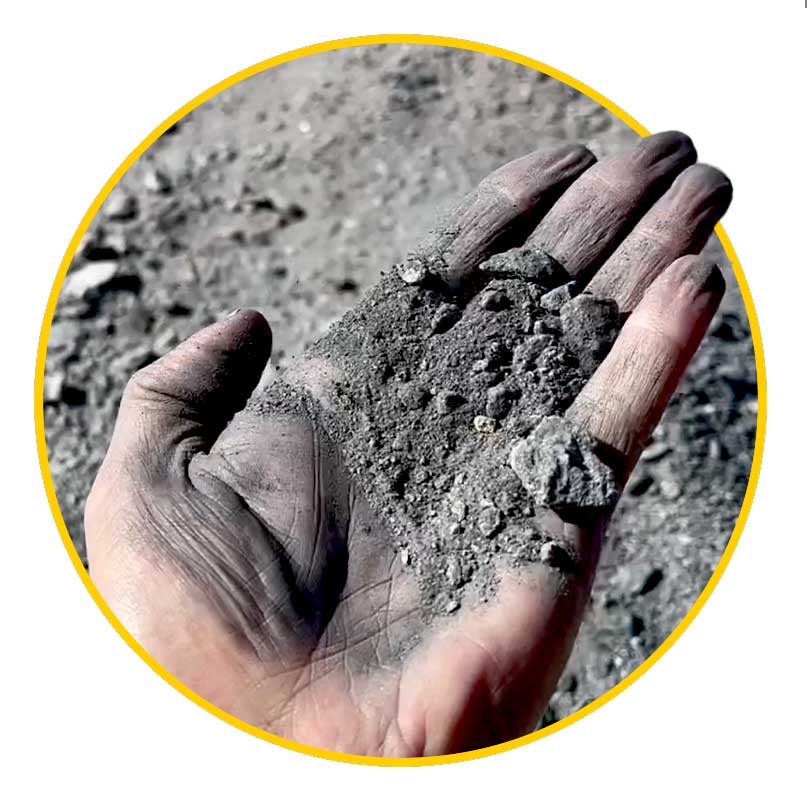Proga
Regular
By calibrating very precise machines. The mill will shape each flake to a certain size. Then the outside circumference is folded inwards towards the middle to form the spherical shape. I don't know how the machine does it.@Proga, thx for the explanation! Learning stuff here
Yes, I can also remember a step change from talgas process at some point from the exfoliating approach. That stopped being a thing at some point and they startet using more traditional methods.
What do you mean by 'folding in on it self '? How can you fold graphite particle in?
If you look at the spherical in the top left corner of the 2nd photo from figure 1, you can see the edges where it has been folded inwards. Before they started coating the spherical, it's those edges which where easily broken off by the recharging process creating even more edges and causing degradation. This gave natural a bad rap when it came to cycle life. The amount of charge, lithium ions, natural uncoated SPG could contain/attract from the cathode side fell off a cliff after a certain amount of recharges compared to synthetic. Obviously the coating filled in the gaps and smoothed the edges so they're not as brittle.
Lithium batteries in vehicles are considered worn out once their charging capacity gets below 80%. They are either recycled or bundled together with others to form stationary battery units for wind and/or solar.
Last edited:



